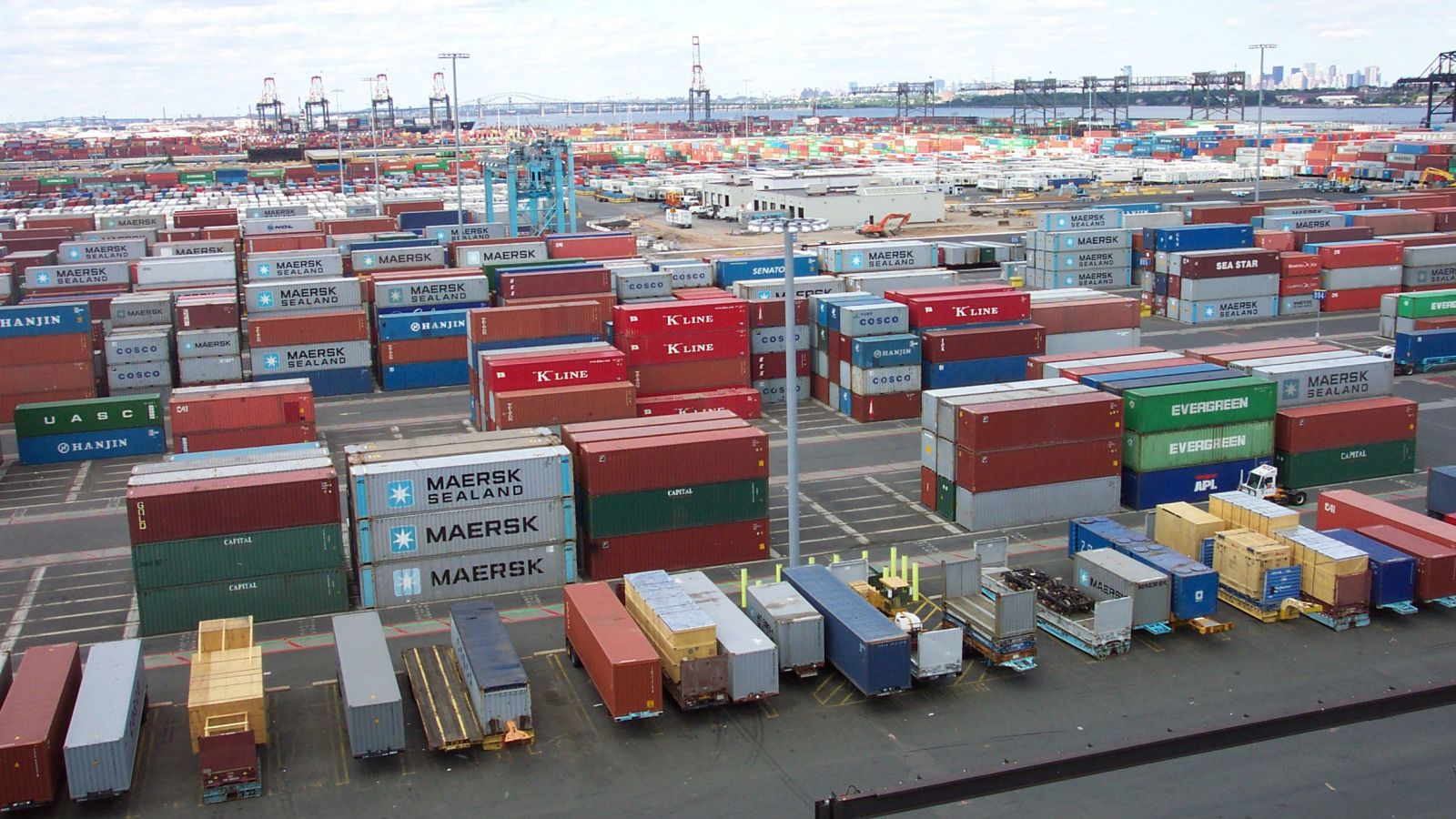EPA Examines Port Air Pollution Options

As part of its initiative to reduce air pollution and greenhouse gases at U.S. ports, the EPA recently released a report that assesses strategies for pollution control and sustainable growth. The National Port Strategy Assessment: Reducing Air Pollution and Greenhouse Gases at U.S. Ports evaluates existing and future technology and practices that could be voluntarily adopted by ports of all sizes and types to reduce their emissions. Approximately 39 million residents living near ports and marine terminals stand to benefit from these reductions.
The report focuses on diesel emissions from several mobile source sectors (ocean-going vessels, harbor craft, rail, cargo-handling equipment and drayage), encompassing most port-based activities. Particulate matter (PM2.5) and NOx, and toxins such as formaldehyde and benzene, can contribute to health problems in surrounding communities, which in many cases are predominantly minority and low-income populations. These same emissions also contribute to climate change.
U.S. ports already have taken strides to reduce emissions from diesel-powered ships, trucks and related equipment, but more can be done. To assess the projected impact of the proposed reduction strategies, the EPA first described a business as usual scenario based on emissions from a representative sample of seaports. The business as usual model shows PM2.5 emission levels decreasing from all mobile source sectors between 2011 and 2020 while all but ocean-going vessels continue to decrease up until 2030. These business as usual projections for each mobile sector were then compared to projections under different scenarios.
Scenario A represents the introduction of new technologies in port vehicles and other equipment earlier than dictated by a normal replacement schedule. Scenario B further accelerates the replacement of old equipment with clean diesel and zero emission vehicles as well as improved fuels and other technologies.
Both scenarios also involve strategies targeted at improving operational efficiency. Each approach discussed in the report is currently available and was selected with consideration of capital cost, market penetration, market barriers and funding. Each approach also includes actions such as replacing vehicles or engines with more efficient, hybrid or electric units; using emissions control technologies; transitioning to cleaner fuels; using shore power; and reducing queue times for trucks and hoteling time for ocean-going vessels.
Absent the implementation of new strategies, CO2 emissions at ports and marine terminals are expected to rise. This is due in part to expected increases in trade and economic activity but also because most of EPA’s current regulations do not address CO2 emissions from the sources under consideration. This is in contrast to NOx and PM2.5, which are expected to decrease simply as a result of EPA rules, regardless of the voluntary measures taken.
In terms of overall impacts, replacement of older vehicles and equipment with hybrid and electric alternatives is projected to have the biggest beneficial change, with emissions reductions of up to 18 percent by 2030, potentially reaching 45 percent by 2050.
While the report is based on data and projections from representative ports, EPA recognizes that the best solutions will depend on the needs and resources of each individual port. For example, a port that most frequently serves passenger ships might find that shore power is more effective at reducing NOx emissions because the same ships call frequently and could be more readily adapted for shore power. Bulk cargo ships that do not call frequently on the same port may achieve more effective reductions by switching to a cleaner fuel.
Ultimately, the assessment report is meant to be used as a tool to assist ports in making efficient and beneficial investments in their operations. Many of the strategies suggested in the report are also eligible for federal funding sources, such as the Diesel Emissions Reduction Act grant program, which has provided $148 million towards projects at or near port facilities.
The EPA predicts that the private sector and the federal government will invest almost $180 billion in ports through 2020 and hopes that those investments will lead to lower port emissions and a healthier environment for area residents.
Peter Knight is a partner with Robinson+Cole’s Environmental + Utilities Group. Tavo True-Alcalá is an environmental and energy analyst with Robinson+Cole.
The opinions expressed herein are the author's and not necessarily those of The Maritime Executive.
